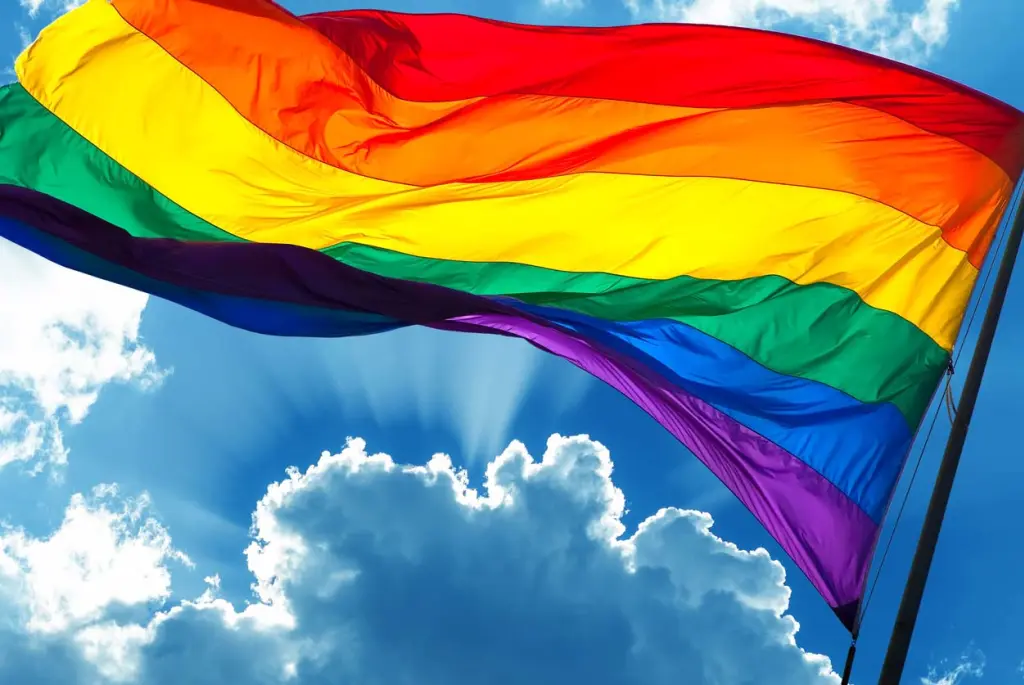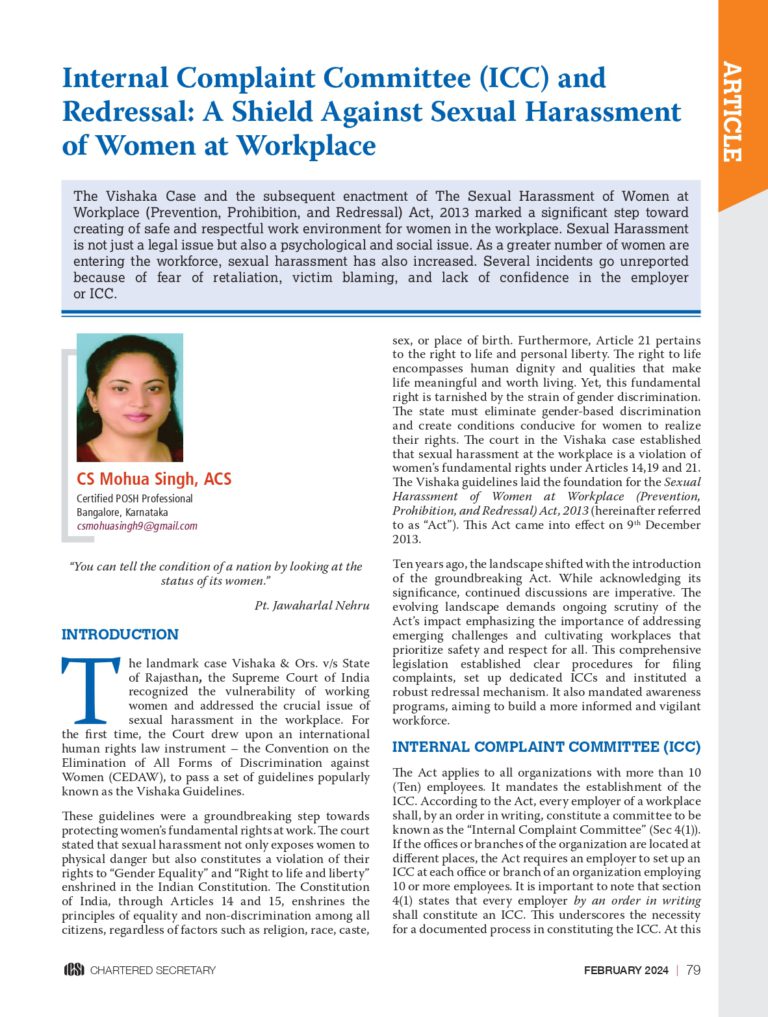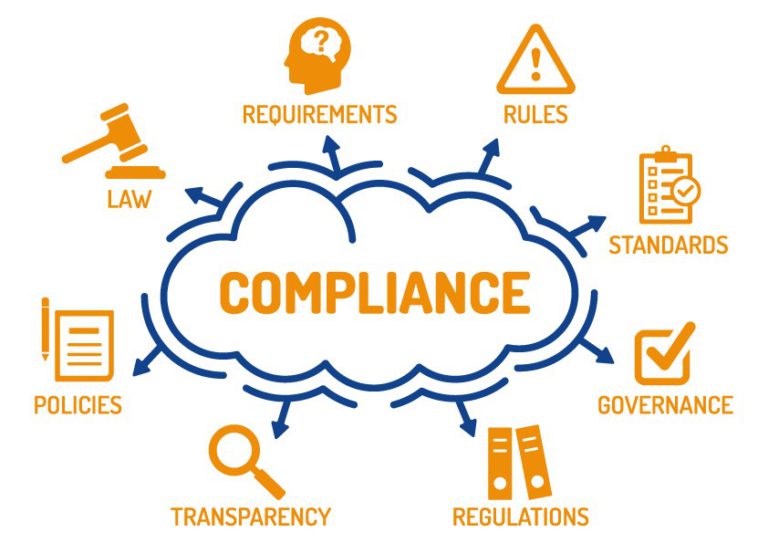I am what I am, so take me as I am.
…. Johann Wolfgang Von Goethe
The term “LGBTQ+” is an acronym that stands for Lesbian, Gay, Bisexual, Transgender, Queer (or sometimes Questioning), and the plus sign (+) represents a recognition of the diverse range of sexual orientations, gender identities, and expressions that are not explicitly covered by those initial letters.
Here’s what these terms mean:
-
- Lesbian: A woman who likes or loves and is attracted to other women.
-
- Gay: People who are gay are attracted to people of the same gender as them.
-
- Bisexual: Some people are attracted to both the same and opposite genders at different times in their lives.
-
- Transgender: This word is for people whose inside feelings of being a boy, girl, or something else don’t match their outside appearance. Some may take medicine or have surgery to help them feel more comfortable with who they are.
-
- Queer: This is a word that covers lots of different kinds of feelings about gender and attraction. Some people use this word to feel included and respected.
-
- + means other identities
Here are some other identities
Genderfluid: A person whose gender identity may change or shift over time.
Example: Ruby Rose is a well-known example of a person who identifies as genderfluid. Australian actress explained what gender fluidity means to her:
“Gender fluidity is not really feeling like you’re at one end of the spectrum or the other,” she said. “For the most part, I definitely don’t identify as any gender. I’m not a guy; I don’t really feel like a woman, but obviously, I was born one. So, I’m somewhere in the middle, which — in my perfect imagination — is like having the best of both sexes. I have a lot of characteristics that would normally be present in a guy and then less that would be present in a woman. But then sometimes I’ll put on a skirt — like today.”
Intersex: Intersex is a disparity in sex characteristics including chromosomes, or genitals that do not allow an individual to be apparently identified as a male or a female. Example: Hanne Gaby Odiele is a well-known real person who is open about being intersex. Hanne is a Belgian fashion model who has walked the runway for various high-profile designers and appeared in numerous fashion campaigns. She is also an advocate for intersex rights and has used her platform to raise awareness about intersex issues.
Hanne Gaby Odiele was born with Androgen Insensitivity Syndrome (AIS), which is a type of intersex variation. AIS occurs when a person with XY chromosomes (typically associated with male sex) is partially or completely insensitive to androgens (male hormones), leading to atypical development of external and internal sex characteristics. In Hanne’s case, she was assigned female at birth and identifies as a woman.
By openly discussing her intersex status, Hanne has helped educate the public about the diversity of human bodies and experiences. She has emphasized the importance of destigmatizing intersex variations and advocating for intersex individuals’ right to self- determination and bodily autonomy.
Hanne Gaby Odiele’s activism has contributed to increased awareness and understanding of intersex issues in both the fashion industry and society as a whole. Her courage in sharing her story has helped challenge societal misconceptions and promote acceptance of intersex individuals.
Asexual : Asexuality or non-sexuality is the lack of sexual attraction to any gender.
Pansexual: Pansexuality is a sexual or emotional attraction (also romantic love) towards people of any sex, orientation, or identity. Pansexual people usually refer to themselves as gender-blind, claiming that sex and gender are trifling or peripheral in deciding whom they are sexually attracted to. It is otherwise known as Omnisexuality.
Unfortunately, many LGBTQ+ individuals face a lot of unkindness, mistreatment, and even violence because of who they love or how they identify. They’re treated unfairly at work, school, and even in hospitals, and sometimes their own families don’t support them.
There are several countries (for example -Iran, Yemen, Nigeria, Somalia, etc), where laws or societal attitudes make being LGBTQ+ (Lesbian, Gay, Bisexual, Transgender, Queer/Questioning, and other identities) punishable.
It’s important to be kind and supportive to all people, no matter who they love or how they see themselves.
It’s a common misconception that gender identity and sexual orientation are the same thing.
Gender Identity is the way in which an individual perceives and defines their own gender. It is an internal and deeply-rooted understanding of whether one identifies as male, female, a combination of both, or neither. This concept goes beyond the binary classifications of “male” and “female,” recognizing the diversity of ways people experience and express their gender. Gender Identity is a person’s deeply-felt sense of their own gender, which may or may not align with the sex they were assigned at birth.
Sexual Orientation refers to a person’s pattern of emotional, romantic, and sexual attraction towards individuals of the same and/or different genders. It’s about who you’re drawn to in terms of romantic, emotional, and sexual relationships. Sexual orientation categories include terms like heterosexual (attraction to people of the opposite gender), homosexual (attraction to people of the same gender), bisexual (attraction to people of both the same and different genders), and more. Asexuality is a sexual orientation.
India has made significant progress in recognizing and acknowledging the rights of LGBTQ+
1. In the case of Navtej Singh Johar and Ors. v. Union of India, the five judge bench of the Supreme Court headed by the Hon’ble Chief Justice of India, decriminalized Sec 377 of IPC. The Court delivered its verdict declaring portions of the law relating to punishment for consensual sexual acts between adults unconstitutional in a unanimous decision. However, other portions of Section 377 relating to sex with minors, non-consensual acts, and bestiality remain intact.
2. The “Transgender Persons (Protection of Rights) Act” had been passed in India in 2019. This act aimed to recognize and protect the rights of transgender individuals and address some of the challenges they face.
3. Over the years, there has been a growing visibility of LGBTQ+ individuals in media, entertainment, and public discourse. This has contributed to greater awareness and understanding of LGBTQ+ issues among the general population.
The landmark decision of Navtej Singh Johar v. Union of India, delivered by the Supreme Court in 2018, decriminalized homosexuality in India by striking down Section 377 of the Indian Penal Code. This has been a significant milestone for the LGBTQ+ community in India, recognizing their right to love and intimacy without fear of persecution or prosecution. However, same-sex marriage is not recognized in India. The country’s legal system does not provide for marriage equality and the rights and benefits that come with it, such as inheritance rights, joint property ownership, and adoption rights. The Supreme Court of India on April 18, 2023, began hearing a series of petitions seeking solemnization of same-sex marriage under the Special Marriage Act. The Special Marriage Act of 1954 provides a civil form of marriage for couples who cannot marry under their personal law. Looking toward the future, there is hope that India will continue to make progress toward greater LGBTQ+ rights.
Homage to Alan Turing’s Legacy: What Britain Lost
Apple’s Tribute to Alan Turing’s Contributions
Apple pays homage to the exceptional legacy of Alan Turing, a visionary mathematician and computer scientist. Turing’s groundbreaking work on the theoretical underpinnings of modern computing, notably the Turing machine, laid the foundation for the technology we enjoy today. During World War II, his cryptographic genius helped the Allies by deciphering the German Enigma code, a crucial contribution that hastened the war’s end.
Regrettably, Britain lost Turing prematurely due to criminal prosecution related to his homosexuality, which was then illegal. He endured chemical castration and public humiliation, leading to his tragic suicide in 1954. This loss was twofold: Britain lost a brilliant mind and a symbol of the consequences of discrimination against LGBTQ+ individuals. Turing’s story serves as a poignant reminder of the societal costs of prejudice and intolerance. It took decades for his contributions to be fully recognized, and in 2013, he received a posthumous pardon, a testament to the importance of embracing diversity and inclusivity.
Apple has acknowledged Alan Turing’s foundational work in computer science and mathematics by incorporating his ideas into the design and functioning of its devices and software. The principles of Turing machines, which he pioneered, are fundamental to modern computing, and Apple’s products reflect this heritage.
Conclusion
Embracing diversity and promoting acceptance within the LGBTQ+ community is paramount for a more inclusive society. Recognizing that gender identity and sexual orientation are distinct aspects of an individual’s identity is crucial to providing respectful and affirming support. Ultimately, by amplifying voices, challenging stereotypes, and nurturing an environment of respect, society can create a safer and more compassionate space for all, regardless of whom they love or how they identify.




